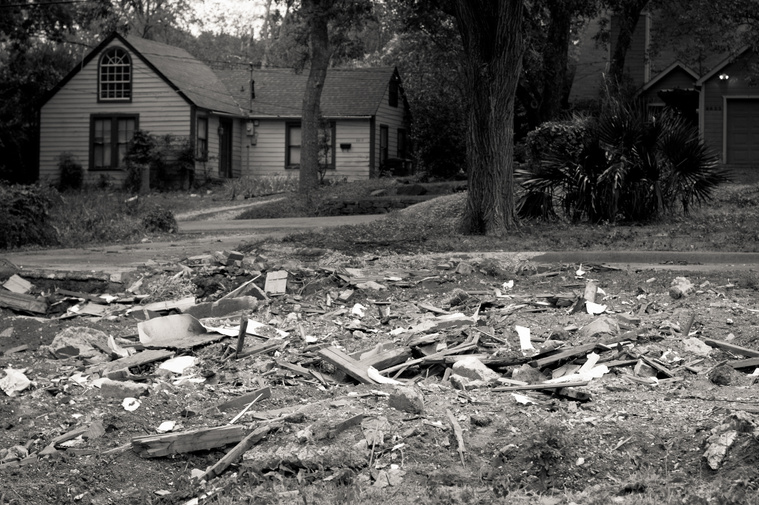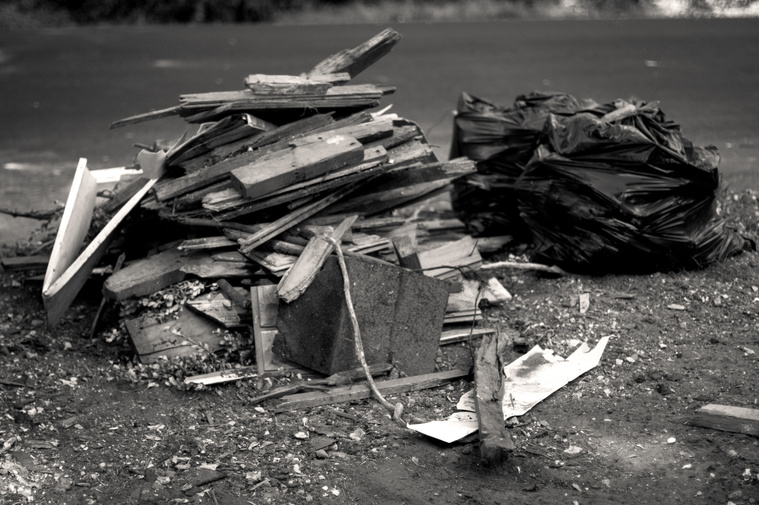Home in Ruins
by Frances Moulin
Artist Statement
My body of work explores cultural interpretations of the object with regard to history, nostalgia, visual representation, society’s attachment to things and the deeper meaning objects tend to carry. As a photographer and writer, I aim to document lives, communities, cultures and spaces and tell the stories behind them through a series of images which function as both a narrative and historical record. In this series titled Home in Ruins, I photographed the remains of a 1930s home that once stood in my neighborhood just weeks after demolition when a family’s personal belongings were scattered and left behind, exposed to the elements and subject to damage and decay.
As I walked the site, I took photographs of these forgotten remains as they lay on the ground, covered in leaves and dirt, documenting them exactly as I found them. I then collected a variety of the items and detritus that I felt told an imaginary narrative of the home’s inhabitants. I naturally began to wonder who they were, what they did for a living, what they ate, where they traveled, what the interior of their home looked like, how many children they had, and I became fascinated with the story I created in my own mind. The narrative addresses the dynamics of a family living in the 1980s (when most of the items were dated), the complex relationship that exists between a father and son, and the inevitability of aging and dying parents. Additionally, the work highlights the value we attach to material things and how they can instantly transport us to a simpler time.
Home in Ruins acknowledges the destruction of a house which stood for more than 75 years; a home that witnessed life, death, laughter, tears, love, loss and the everyday; a home which now lay in ruins, taken over by the desire to build something newer and presumably bigger; a home likely taken down by someone with no particular connection to the previous inhabitants and their things, and with no attachment to the home or to the wood, brick and foundation from which it was built. The home was torn to pieces, its memories and things strewn across the property, its past now reduced to the rubble that sat untouched for nearly two weeks.
The full installation contains 38 digital images with accompanying wreckage and objects from the site as well as text that tells the story of a family who once called this demolished house their home.



